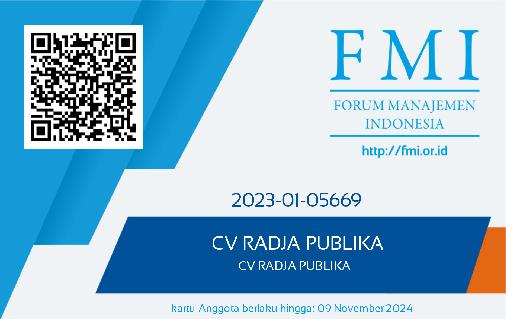"CORE POWER UNLEASHED: TRANSFORM YOUR PULMONARY HEALTH WITH ENHANCED VO2 AND FEV1"
DOI:
https://doi.org/10.54443/jaruda.v2i4.156Keywords:
Pulmonary Variable, Scheffé's post hoc test, Vo2 Max, Fev1, Adolescent School BoysAbstract
In this study, 45 students from Government Higher Secondary School Barbugh Imamsahib in Shopian, India, were selected as subjects. They were divided into three groups of fifteen: a yogic practice group, a core strength group, and a combined training group. The variables chosen for this study were VO2max (maximum oxygen consumption) and FEV1 (forced expiratory volume in one second). The participants underwent a 12-week training program, conducted 4 days per week for 45 to 60 minutes per session, including appropriate warm-up and cool-down exercises. The criterion variables were assessed before and immediately after the training program. Data analysis was performed using ANCOVA (analysis of covariance), and Scheffé's post hoc test was applied to determine paired mean differences if the obtained F-ratio was significant. The level of significance was set at 0.05. The results indicated a significant difference among the experimental groups in the selected VO2max and FEV1 parameters.
References
American College of Sports Medicine (1998). ACSM guidelines on exercise and physical activity for elderly Adults.Med. Sci. Sports Exerc. 30:992–1008.
Baechle, T. R (1994). Essential of Strength Training and Conditioning. Champaign, IL: Human Kinetics.
Balabinis C.P et al (2003). Early phase changes by combined endurance and strength training. J Strength Cond Res (17)2: 393-401.
Brooks, G. A (2000). Exercise Physiology: Human Bioenergetics and Its Applications. Mountain View, CA: Mayfield Publishing Company.
Degens H, Rittweger J, Parviainen T, Timonen KL, Suominen H, Heinonen A, Korhonen MT (2013). Diffusion capacity of the lung in young and old endurance athletes. Int J Sports Med.; 34(12):1051-7. http://dx.doi.org/10.1055/s-0033-1345137.
Dudley GA, Djamil R (1985). Incompatibility of endurance andstrength-training modes of exercise. J ApplPhysiol 59: 1446–1451
Frontera, W. R et al, (1990). Strength training and determinants of VO2max in older men. J. Appl. Physiol. 68:329– 333.
Galy O, Ben Zoubir S, Hambli M, Chaouachi A, Hue O, Chamari K (2014). Relationships between heart rate and physiological parameters of performance in top-level water polo players. Biol Sport. 31(1):33- 8. http://dx.doi.org/10.5604/20831862.1083277
Garcia-Lopez D et al (2007). Effects of strength and endurance training on antioxidant enzyme gene
. Glowacki SP et al (2004). Effect of resistance, endurance, and combined exercise on training outcomes in men. Med Sci. Sport Exerc 36(12):2119-2127.
Hennessy LC, Watson AWS (1994). The interference effects of training for strength and endurance simultaneously. J Strength Cond Res 8:12–19.
Leveritt M et al, (1999): Combined strength and endurance. Sports. Med. 28, 413–427
Downloads
Published
How to Cite
Issue
Section
License
Copyright (c) 2024 Gowhar Ahmad Thokar, Professor Dharamveer Singh

This work is licensed under a Creative Commons Attribution 4.0 International License.
























